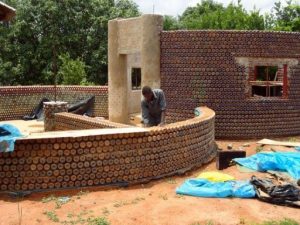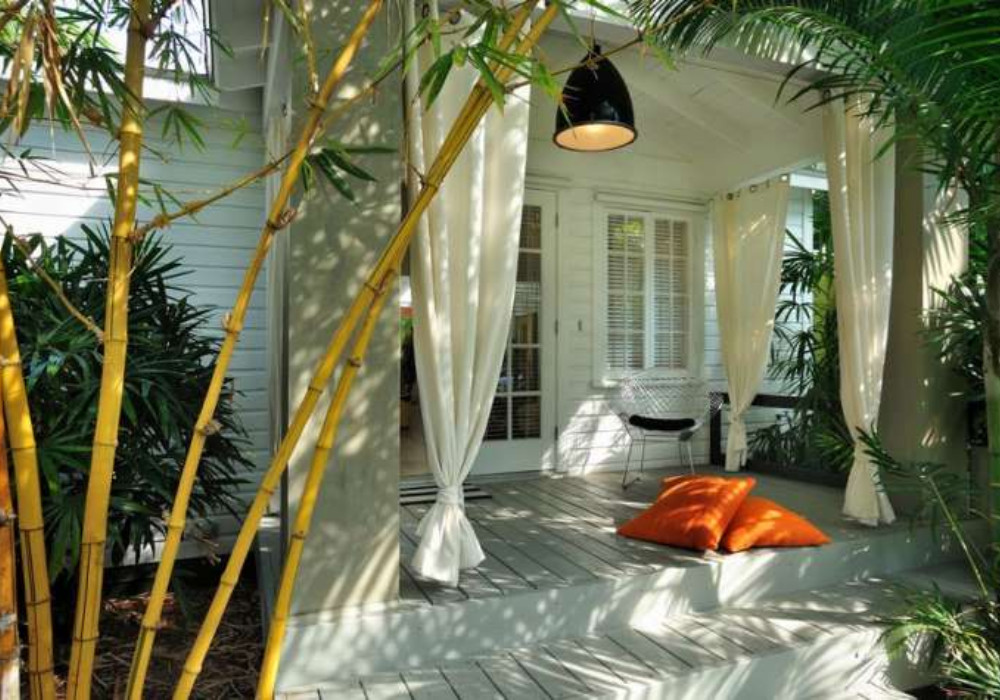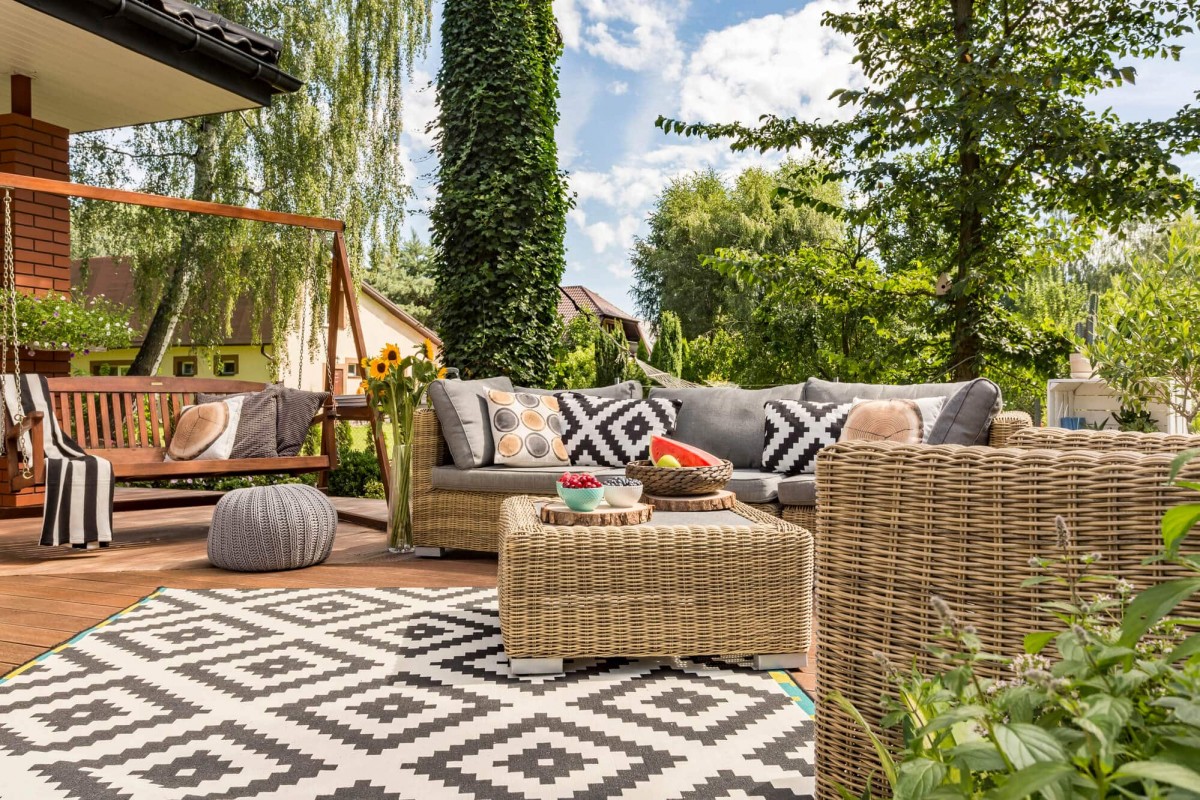In the United States alone, more than 125 million plastic bottles are discarded each day, 80 percent of which end up in a landfill.
This waste could potentially be diverted and used to construct nearly 10,000, 1200-square-foot homes (taking in consideration
it takes an average of 14,000 plastic bottles to build a home that size). Many believe this process could be a viable option
for affordable housing and even help solve homelessness.
Nigeria uses its waste plastic bottles and turns them into affordable eco-friendly houses.

Building a two bedroom house uses bottles.
The idea isn’t new. In Nigeria, the plastic bottle house has proven to be a success, turning trash
into an affordable (and beautiful) housing material. By packing plastic bottles with soil or sand,
and if you’re making from scratch then just making construction material would be cheaper.
The only reason it’s cheap to use the bottles is because it’s taking into account they are already there.
Maybe more bottles would be made in a shape suitable for easier construction use but those are
bottles which would be used anyway.
What a group of activists did was come up with a plan to build a house using those bottles,
providing what they say is an environmentally smart strategy of chipping away at a housing shortage
in Africa’s most populous nation.
With the prototype near the northern Nigerian city of Kaduna now well underway, the group
wants to extend its efforts and build more, aiming to unleash what they say is some long bottled-up potential.
Unconvinced? Supporters say those yet to see the structure on the outskirts of the village of Sabon
Yelwa can throw stones if they want to. This house is being built to last.
“This is the first house in Africa built from bottles, which could go a long way in solving Nigeria’s huge housing need and cleaning the badly polluted environment,” project initiator Christopher Vassiliu said during a tour of the building.
Glass bottles incidentally also work for this, as do tires & no
doubt many other waste products then stacking and bounding them with mud and string, one can
build an earthquake-proof home that is 18 times stronger than regular bricks.











